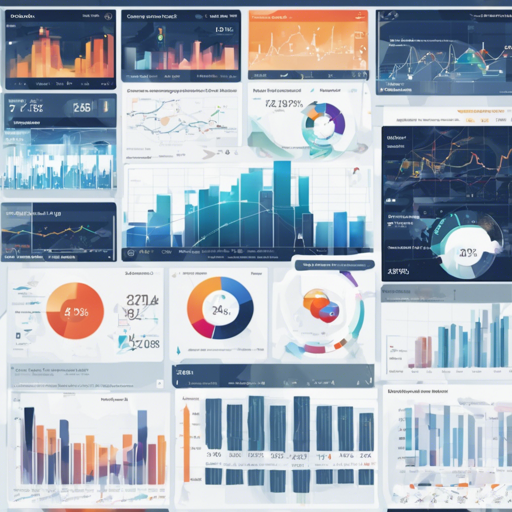Welcome to the realm of Stock-Prediction-Models, a comprehensive suite of machine learning and deep learning tools designed for stock forecasting. Whether you are a novice just stepping into the world of stock trading, or a seasoned expert seeking innovative solutions, this guide will walk you through setting up and utilizing the powerful tools this project offers.
Table of Contents
Understanding the Models
The models available in Stock-Prediction-Models are like various chefs, each with a unique recipe for success in predicting stock movements. Here’s a brief overview:
- LSTM (Long Short-Term Memory) – The master chef known for handling time series data well.
- GRU (Gated Recurrent Unit) – A faster chef that can yield similar results as LSTM but with less computational overhead.
- Vanilla models – The traditional chef with classic techniques for predictions.
- Seq2seq models – These chefs are adept at taking an input sequence and generating an output sequence.
- CNN-Seq2seq – Utilizing convolutional networks to enhance the recipe even further.
Exploring Agents
Agents are the autonomous bots equipped with strategies to trade stocks on behalf of users. Think of them as dedicated waiters in a fine dining restaurant, anticipating your needs and preferences to serve you better. Your options include:
- Turtle-trading agent
- Moving-average agent
- Q-learning agent
- Evolution-strategy agent
- Actor-critic agents
Simulations
Simulations allow you to test different strategies before diving into real trades, much like a dress rehearsal before a grand performance. Key simulations include:
- Simple Monte Carlo
- Dynamic Volatility Monte Carlo
- Portfolio Optimization
Utilizing TensorFlow.js
For web-based applications, TensorFlow.js allows you to run models in the browser, enabling dynamic interactions. You can create a small web application to visualize predictions using models like LSTM or Simple Signal Rolling Agent. You can even upload historical CSV files for analysis!
Results and Troubleshooting
Across all models and strategies, it’s vital to analyze the results you achieve in your forecasting endeavors. This helps you refine your approaches and enhance accuracy. Below are common results from various models:
- LSTM Accuracy: 95.69%
- GRU Accuracy: 94.63%
- Vanilla Model Accuracy: 91.46%
If you encounter issues while implementing the models, here are some troubleshooting tips:
- Issue: Difficulty running TensorFlow.js in the browser.
- Solution: Ensure your browser is up to date and try clearing cache or switching browsers.
- Issue: Inaccurate predictions.
- Solution: Tuning model parameters and ensuring a clean and balanced dataset is essential for better results.
For more insights, updates, or to collaborate on AI development projects, stay connected with fxis.ai.
Conclusion
At fxis.ai, we believe that such advancements are crucial for the future of AI, as they enable more comprehensive and effective solutions. Our team is continually exploring new methodologies to push the envelope in artificial intelligence, ensuring that our clients benefit from the latest technological innovations.

